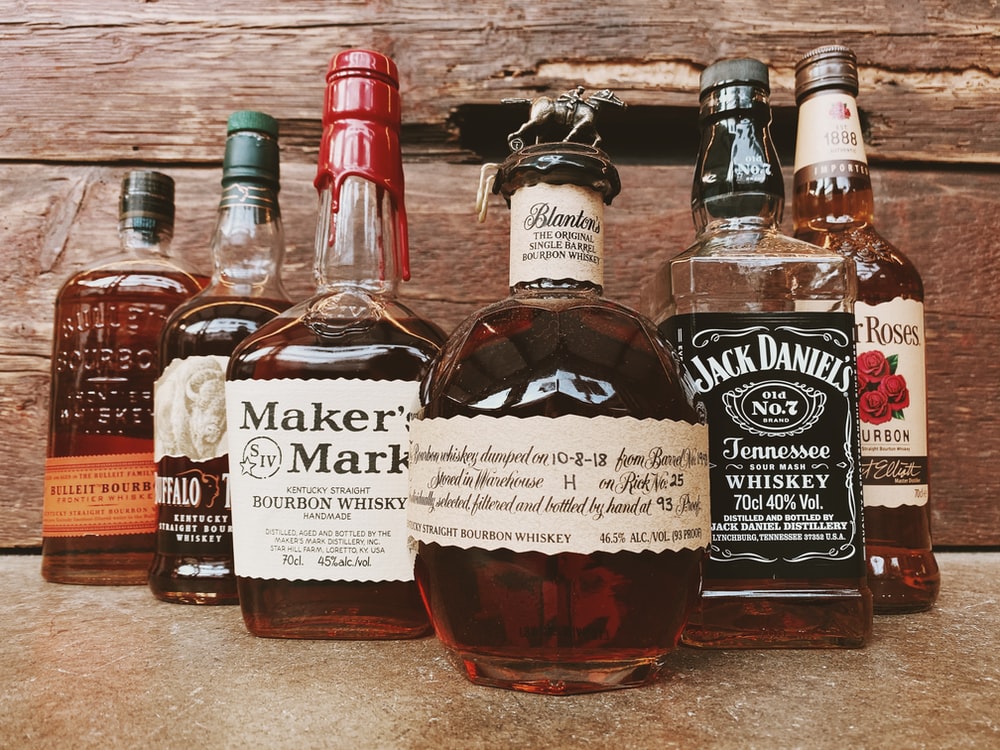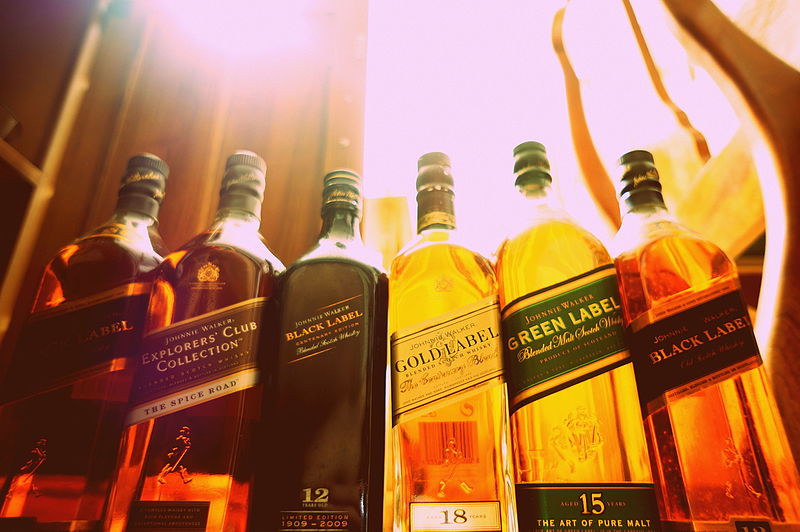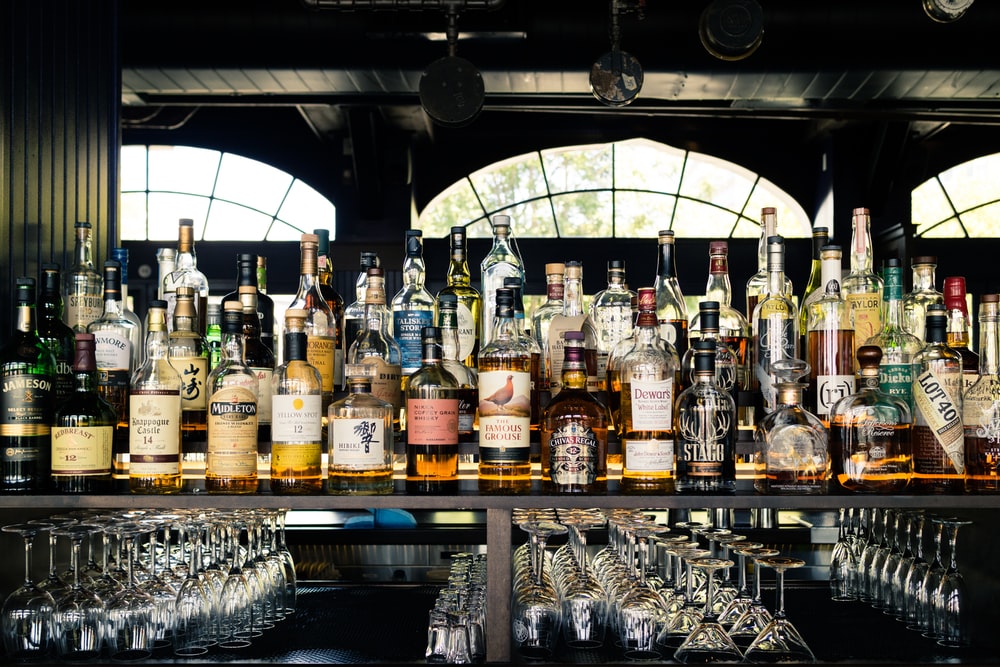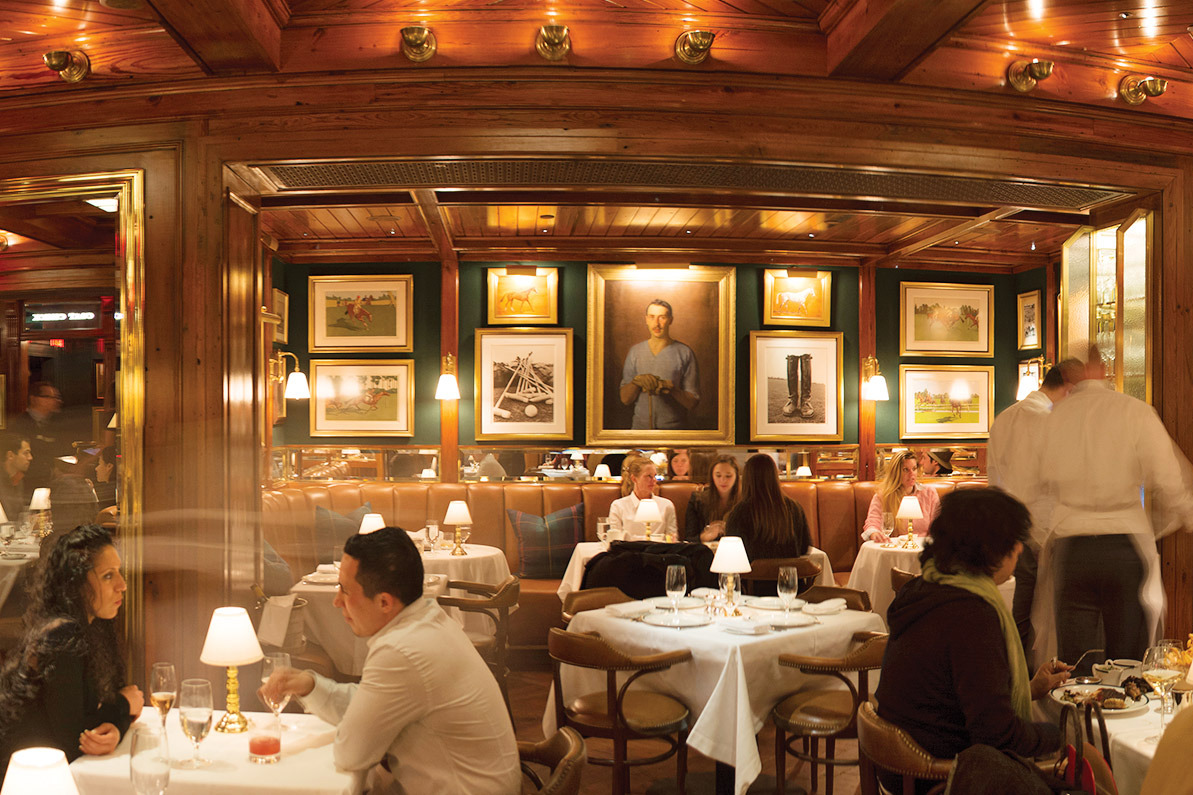When considering spirits, it is common to struggle between whiskey, whisky, rye and bourbon. While there are basic resemblances, each one has a unique taste, aroma, and manufacturing practices.
Both scotch and bourbon come under the category of Whiskey. But it must also be remembered that all bourbons and scotches are whiskeys; not all whiskey is either bourbon or scotch.
What Makes It Bourbon?

U.S. laws regulate what manufacturers can label as bourbon.
• The mash used must contain at least 51% corn.
• The only additive allowed outside of the mash and the yeast in water. No other additives may be used.
• It must be 160 proof (80 percent alcohol by volume or ABV) or less.
• It can only be produced in the United States.
• It must be aged for at least two years.
• Aging takes place in new white oak barrels that have been charred.
• While the main grain in bourbon is corn, other grains may include rye, barley, or malt.
What Is Scotch?

The first difference is that scotch whisky is spelled without the “e”.
Scotch has legal regulations for the manufacture of Scotch whisky that include:
• It must be produced in Scotland.
• It is distilled from a mash of malted barley and other cereal grains.
• It must be fermented only by adding yeast.
• It must be 90 proof (94.8 percent ABV) or less, with a minimum ABV of 40 percent.
• It must be matured in oak casks for at least three years.
• The only permitted additives are water and caramel color.
Types of Scotch
Scotch whisky is available in different types, including:
• Single malt, which is produced in single batches. Single malt contains only one grain: malted barley.
• Single grain, which is produced in single batches but with malted barley and one or more other grains included.
• Blended malt, which contains two or more single malt Scotches made in different distilleries.
• Blended grain, which is made from two or more single grain whiskies made in different distilleries.
• Blended, which is made from at least one single malt blended with at least one single grain Scotch.












